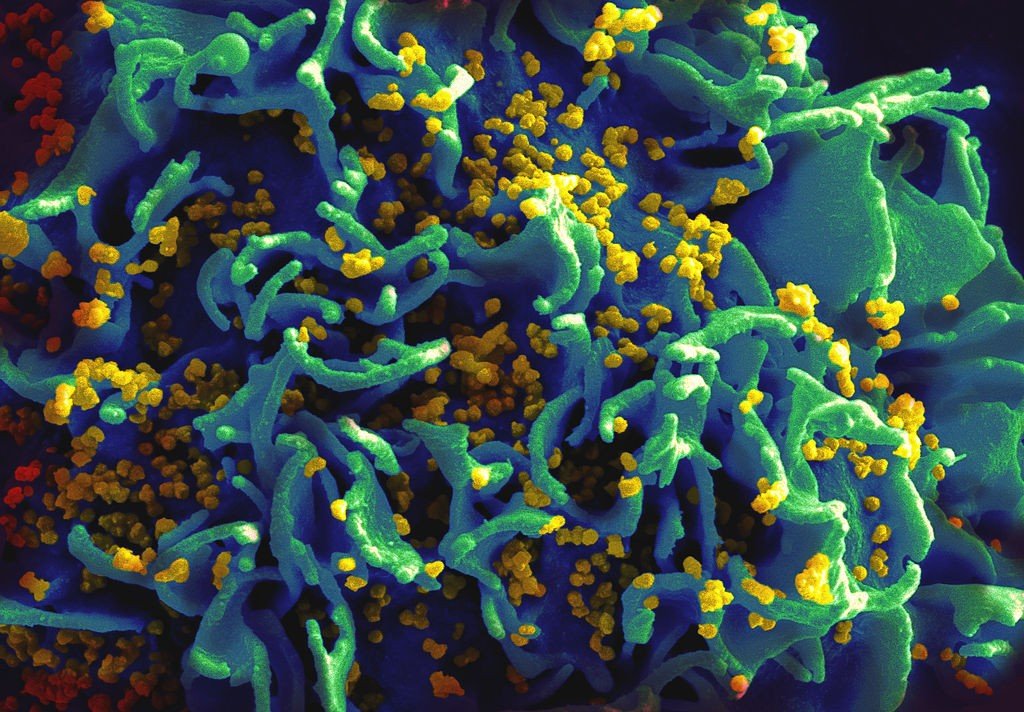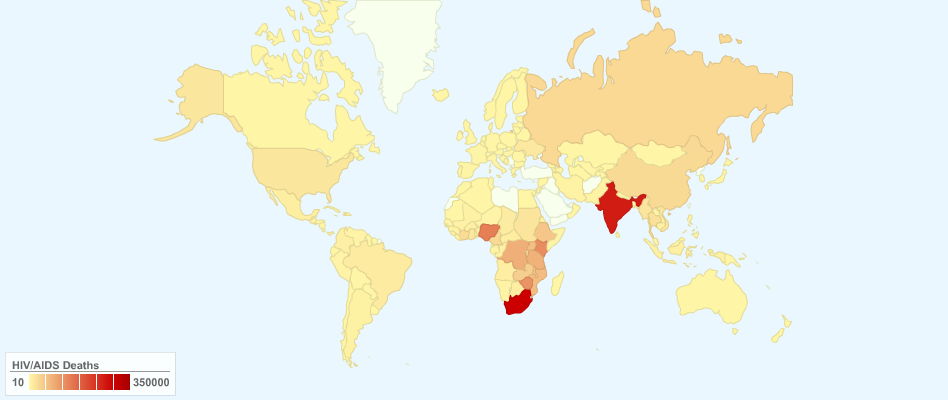Thirty-four years and counting since the first reported case of AIDS in the US, and there is still no cure for the approximate 35 million people worldwide whose immune systems are infected.
While an assortment of antiretroviral drugs that attack the HIV-1 virus have appeared on the market, many working to slow down the disease’s replication in the body and protect the patient’s immune system, the virus manages to survive, reproduce, and even grow increased resistance to medication over time.
SEE ALSO: Breakthrough Israeli Device Will Circumcise 700,000 Rwandans To Prevent HIV/AIDS
Given the limitations of existing drugs, an Israeli researcher at the Technion’s Faculty of Biology proposes a new strategy to tackle the virus that will focus on the interactions between the virus’ and the host cell’s proteins, instead of solely focusing on targeting the proteins of the virus. This strategy is set to be significantly more effective in attacking the disease as the HIV-1 virus cannot survive without relying on the cellular mechanisms of the host cell.
A random, but deadly, relationship of interdependence
A key issue concerning the interaction between the HIV-1 virus and the host cell is the virus’ ability to circumvent natural and drug-induced barriers. Assistant Prof. Akram Alian, who leads the research, hypothesizes that when a favored pathway is blocked, the virus looks for alternative, yet functionally equivalent protein-to-protein interactions within that pathway. In this way, the virus is able to manipulate the host cell and successfully replicate – essentially taking advantage of the redundancy of host cells, making a potentially dangerous ‘detour’.
Alian believes that understanding exactly how the HIV-1 virus pursues alternative routes, or ‘rerouting mechanisms’, to hijack the host cell will be crucial in finding an eventual cure.
SEE ALSO: Treating Cancer With AIDS
Sign up for our free weekly newsletter
Subscribe“Right now, we are trying to map the HIV-1 rerouting landscape and capture different host virus complexes to see if we can target inescapable pathway nodes,” Alian tells NoCamels. “If we can do this, then we can predict the hidden, alternative routes that the virus takes and from there develop a drug that targets the critical nodes of the host cell’s proteins so there is no way for the virus to reroute and take a different pathway,” he said of what he hopes will prove a revolutionary breakthrough in HIV/AIDS treatment.
A ‘Trojan Horse’ to the immune system
In earlier articles published by Alian’s laboratory, the researchers compared an important viral protein called integrase that is present both in HIV-1 in humans and FIV, feline immunodeficiency virus, in cats. Through the comparison, Alian and his team were able to discover new differences that could aid in better understanding and predicting the development of antiretroviral drug resistance. The team found that with both viruses, the integrase inserts the viral DNA into the DNA of the infected cell, then replicating itself in a manner that spreads throughout the body.
“The virus is a kind of Trojan horse, which uses the host’s genome in order to replicate,” explains Alian. “Now we are studying this issue in depth and trying to develop this idea of ‘multiple route reproduction of the HIV virus,’ as a new strategy in the treatment of AIDS.”
Alian, while hopeful about the potential of his research, says that there is no definite timeline for finding a cure. “If we can identify a node, then we can start thinking about a drug, but there’s still a long way to go in the research,” Alian says. “I hope, however, that we can call the attention of other scientists to invest their efforts to capture such nodes, because it’s not enough for one scientist to investigate this.”
Photos: Celisa B.M. Serra/ Thiagarajan Vardharaju/ Millennium Promise/ National Institute of Allergy and Infectious Diseases
Related posts

Israeli Medical Technologies That Could Change The World

Harnessing Our Own Bodies For Side Effect-Free Weight Loss

Missing Protein Could Unlock Treatment For Aggressive Lung Cancer






Facebook comments